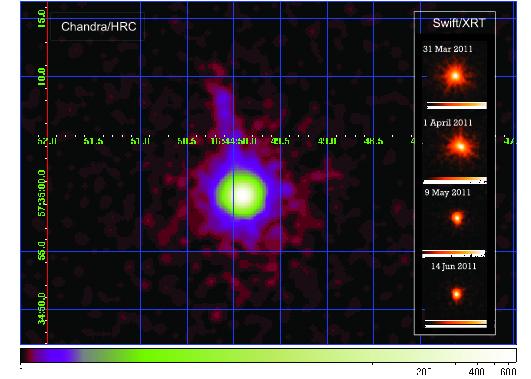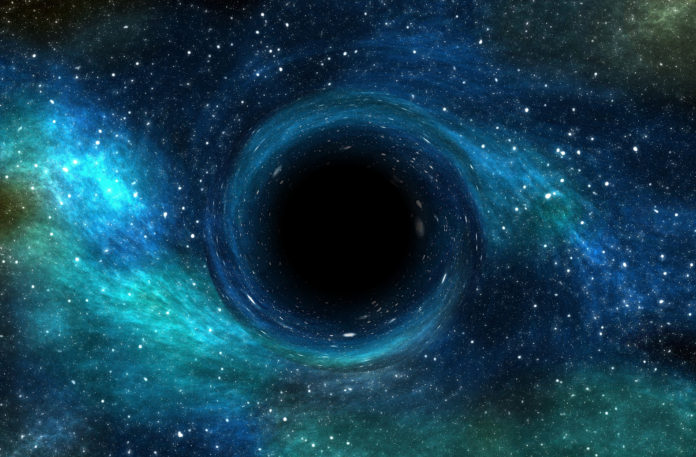Measuring something so big and so very far away is never going to be an easy feat. However, astrophysicists over at Moscow State University may have just made it a little easier to estimate the mass of black holes even if they’re barely visible. Black holes are a great mystery to physicists, and many experiments have been conducted over the years that observe their interaction with surrounding matter. “If a black hole absorbs a substance, there is a so-called accretion. Due to friction and heating, it causes radiation which allows us to indirectly see the object and say there is a black hole,” confirmed the leading researchers of the SAI MSU, Elena Seifina.

During the research one outbreak that was observed in 2011 by several cosmic observatories is called Swift J1644 + 57. “The BAT tool at the Swift satellite was aimed at it and saw that two days later the splash became even brighter. The whole outburst was observed for two years, and then it went out,” explained Seifina. At first, they thought it was just another gamma-ray burst (GRB), but then realized they were actually observing a supermassive black hole devouring a star in a process called tidal destruction. During tidal destruction, the substance doesn’t immediately fall into the hole. Instead, it forms a temporary accretion disk. This accretion disk is what glows so brightly and can be seen from down here on Earth.
Up until now the only way to measure the mass of a black hole at the center of these accretion disks was to estimate the disk’s maximum luminosity. Seifina mentioned this in her thesis and how she observed similar known flares and discovered how the X-ray spectrum tilt changed during this period of increased luminosity. Assuming the shapes of the spectra of similar flares are similar then the processes within them will be too. This means that the normalization of the spectra is determined then only by distances to other objects and their mass.
Detecting these similarities between the tracks of these known objects and those made in new flares, the scientists suggested they could also be caused by stars that have been torn by black holes. This gave scientists a new method of being able to weigh black holes. And, using this method, the scientists are able to use data on known galactic objects such as Cygnus X-1, with its central black hole. “Calculations showed that Swift J1644 + 57 contained a supermassive black hole with a mass of 7×106 solar masses. This is really an object that we do not see, but which provided high luminosity due to its strong gravitational field and an accretion disk around it,” confirmed Seifina. Moving forward, the team are hoping the new method can be used to assess the mass of various objects, including the cores of Seyfert galaxies and others.
More News to Read
- Researchers Discover the Human Body’s Internal Clock
- Astronomers Detect Titanium Oxide for the First Time in Exoplanet WASP-19b
- Virtual Reality Travel Experiences That Will Blow Your Mind
- Astronomers Discover Fluctuations in Brightness of Unique Binary Star System
- Dark Energy Debate Takes Another Turn Thanks to New Supernova Analysis

